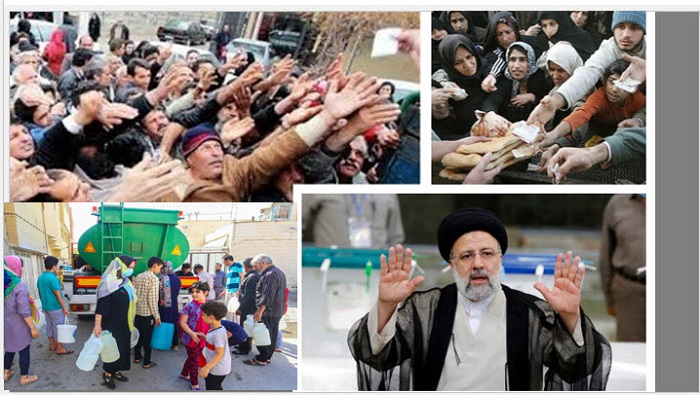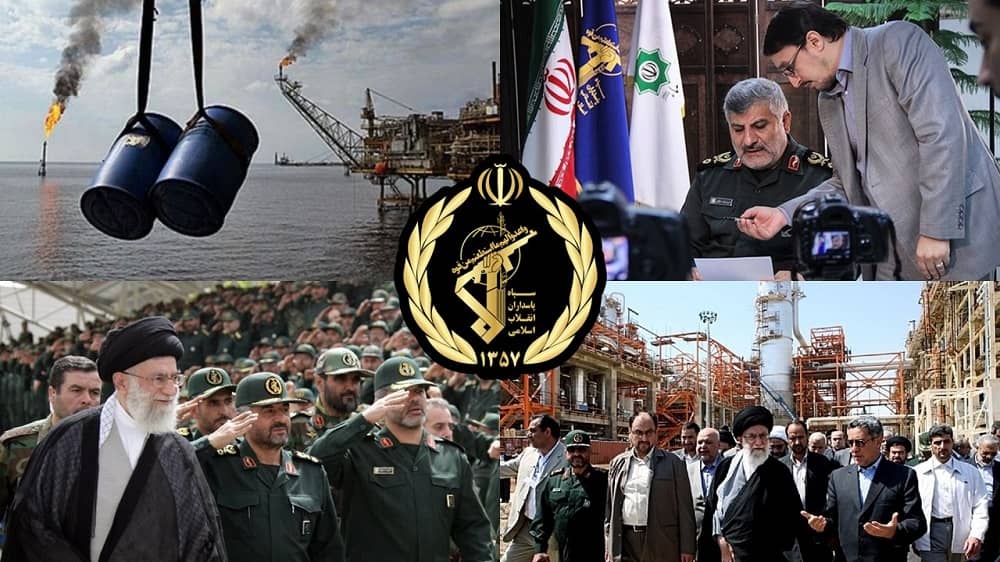

As we reflect on the year-long uprising, the statistics surrounding the oppressed people of Iran make for grim reading. At least 500 protesters lost their lives, while thousands faced incarceration or injury. Alarmingly, Iranians represented 66% of the total fatalities in global protests.
A closer examination of the data reveals that out of 179 demonstrations in 84 countries over the past year, a colossal 537 fatalities occurred in Iran alone. This is accompanied by heart-wrenching details from the Iran Human Rights Organization, which reported 58 of the deceased were women and 68 children under 18.
In sharp contrast, 160 other global protests didn’t witness a single fatality. Particularly distressing are reports of teenagers targeted and young girls deliberately blinded by the regime’s forces. The religious fascist regime’s exceptional brutality becomes glaringly evident in this global context.

Behind this onslaught lies not just a hunger for political power but a greed-driven economic agenda. The regime, under the Velayat al-Faqih system, orchestrates a widespread appropriation of the assets of those they oppress, veiling this economic exploitation as “growth and development.”
Despite this, they add negligible value to the nation’s progression. The spring of 2023’s purported 8% economic growth was largely fueled by the sale of undervalued oil.However, even this growth statistic is controversial. The Central Bank posits a growth rate of 6.2%. Regardless of this discrepancy, it’s clear the non-oil sector lagged, and the proclaimed growth is essentially “oil-dependent.”
Despite the regime’s propaganda, an in-depth analysis reveals a looming economic crisis. Investments, essential for GDP growth, showed a meager 2% rise this spring, compared to 6.7% during the same period the previous year.

The severity of the economic situation is highlighted by the dismal inflation rates. Official figures reported an inflation rate of 46.1%. Essential commodities are now luxuries for ordinary Iranians. With food inflation rates exceeding 60% and workers’ wages stagnant, the financial struggles of the Iranian populace are escalating.
Iran stands at a precarious juncture, facing political upheaval and economic decline. The regime’s actions and policies have not only gravely affected the nation’s economy but also inflicted unbearable pain on its people. The international community must recognize the gravity of the situation and take necessary steps to address it.

MEK Iran (follow us on Twitter and Facebook), Maryam Rajavi’s on her site, Twitter & Facebook, NCRI (Twitter & Facebook), and People’s Mojahedin Organization of Iran – MEK IRAN – YouTu







